Perspectives at the intersection of art, science, and Himalayan cultures
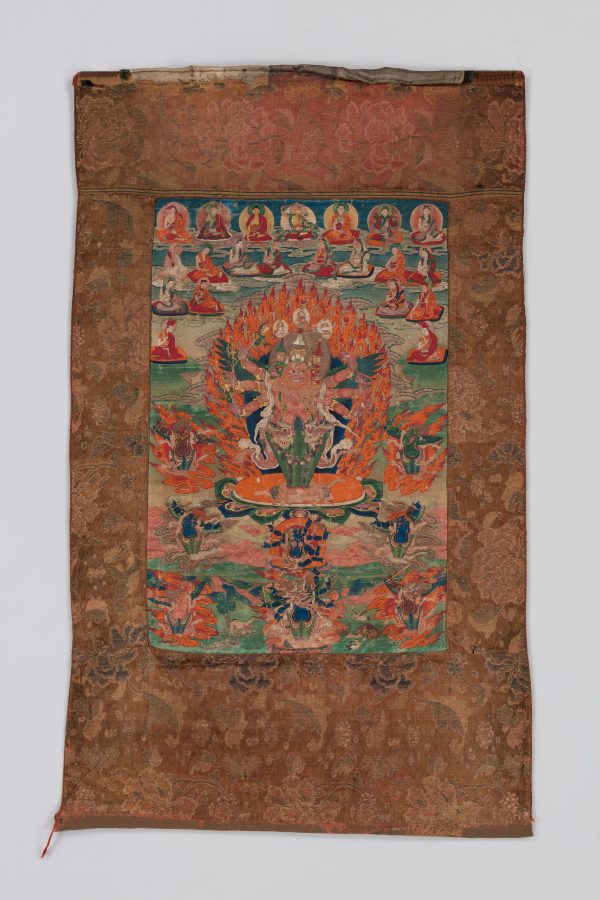 Red-and-Black-Faced Yamari, "Blazing Razor of Extreme Repelling"
Red-and-Black-Faced Yamari, "Blazing Razor of Extreme Repelling"Tibet, ca. late 17th century
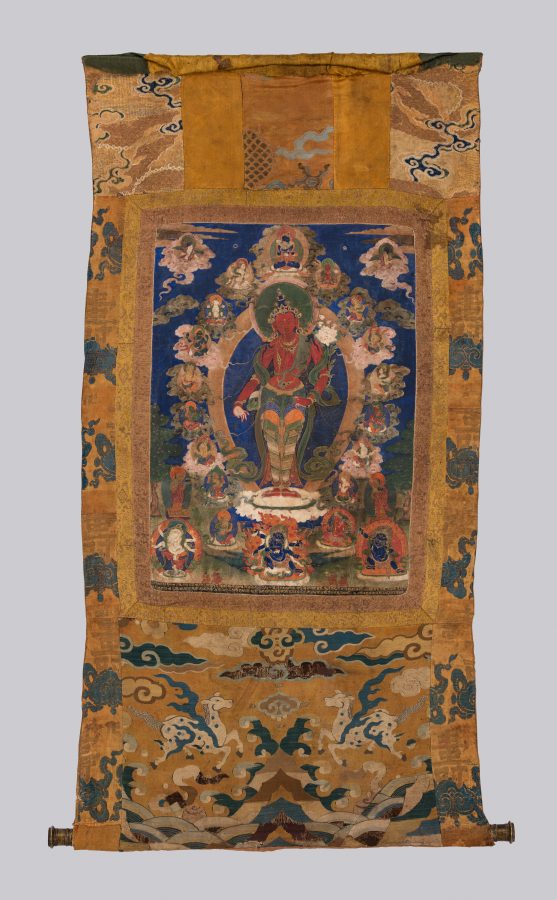 Red Avalokiteshvara
Red AvalokiteshvaraNepal or Tibet, dated by inscription, 1871
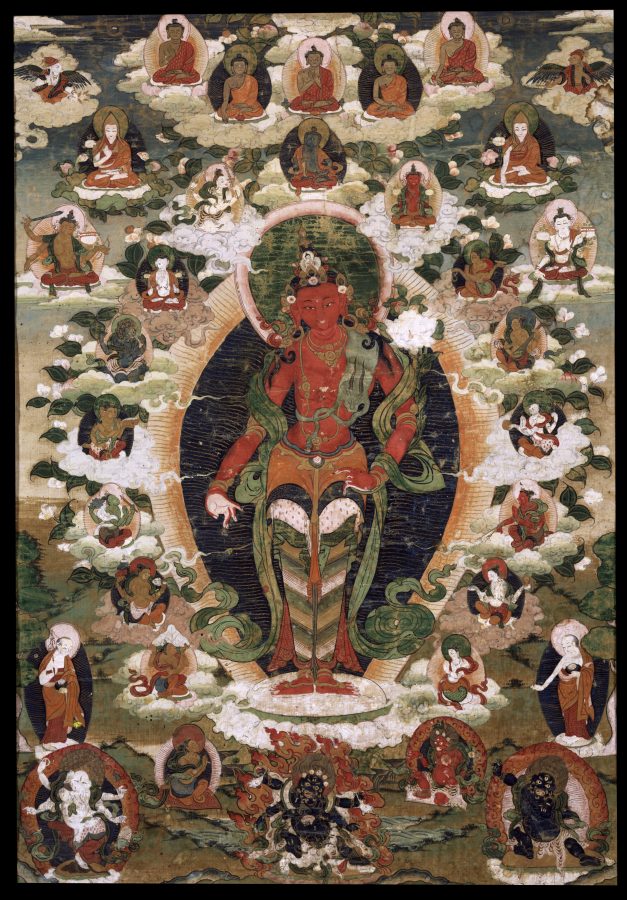 Red Avalokiteshvara
Red AvalokiteshvaraTibet or Nepal, 19th century
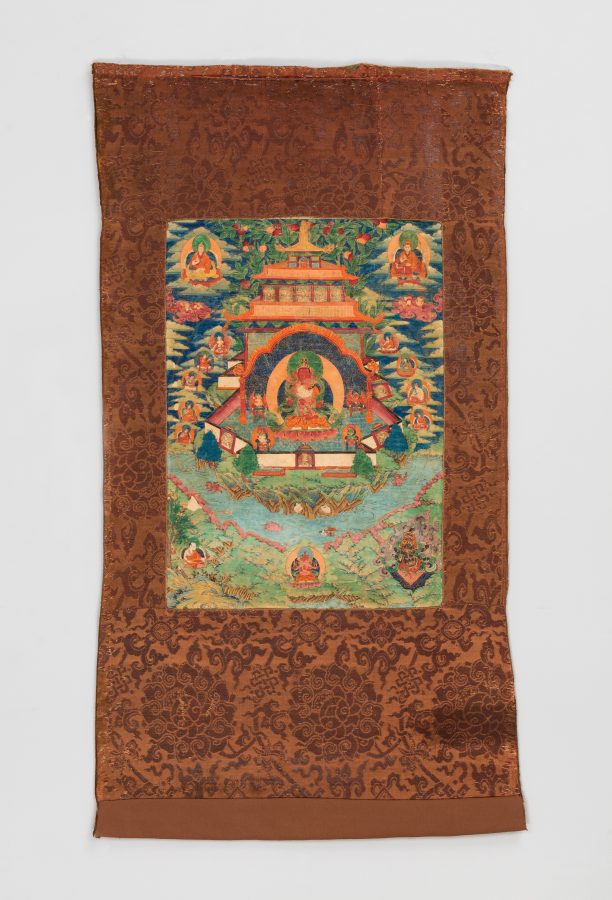 Red Avalokiteshvara
Red AvalokiteshvaraTibet, 19th century
 Red Avalokiteshvara, also known as Bunga Dya, and Macchendranath
Red Avalokiteshvara, also known as Bunga Dya, and MacchendranathNepal, Dated by inscription 1842
 Red Avalokiteshvara or Bunga Dya
Red Avalokiteshvara or Bunga DyaNepal, Dated by inscription, 1818
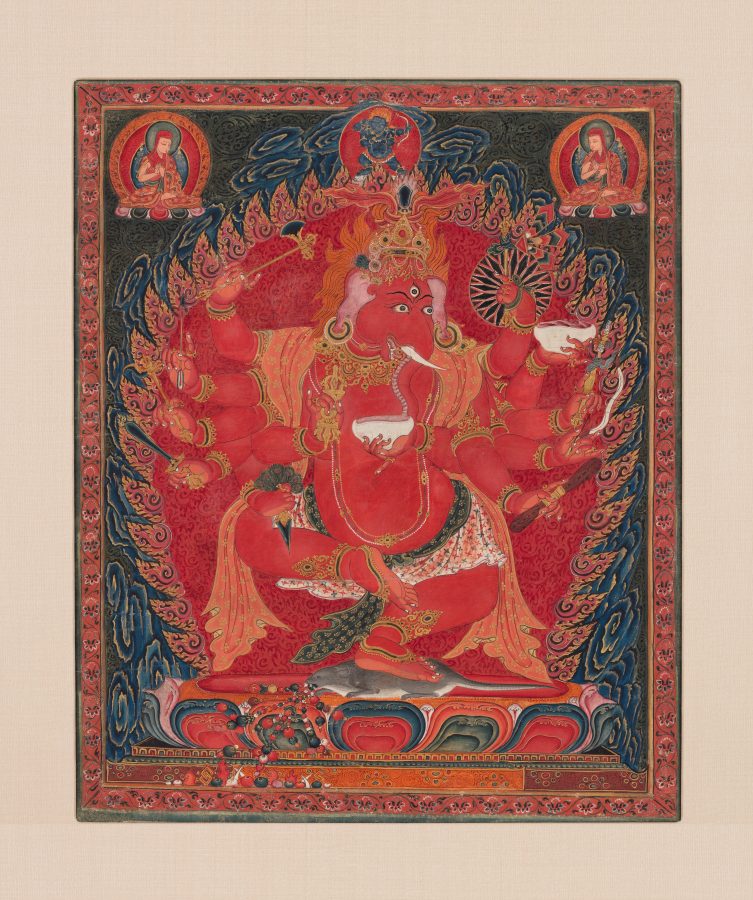 Red Ganapati, One of the Three Great Red Deities
Red Ganapati, One of the Three Great Red DeitiesTsang Provence, Central Tibe, 16th century
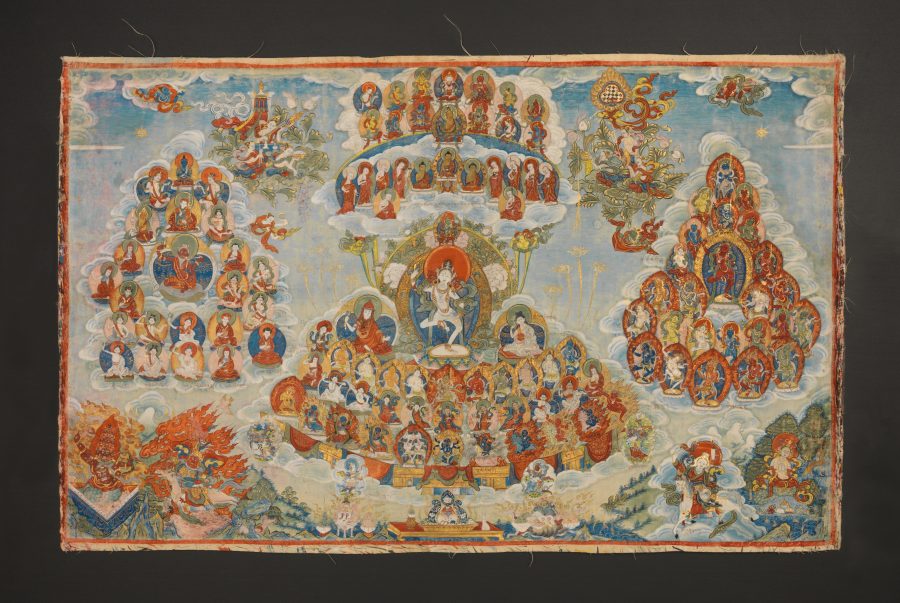 Refuge Field with Machik Labdron (1055-1153)
Refuge Field with Machik Labdron (1055-1153)Tibet, early 20th century
 Renunciation, from a set of the Twelve Deeds of the Buddha, After a woodblock carved in Derge, Kham region, eastern Tibet, composition attributed to Purbu Tsering of Chamdo (active ca. late 19th century)
Renunciation, from a set of the Twelve Deeds of the Buddha, After a woodblock carved in Derge, Kham region, eastern Tibet, composition attributed to Purbu Tsering of Chamdo (active ca. late 19th century)Kham Region, Eastern Tibet, 20th century
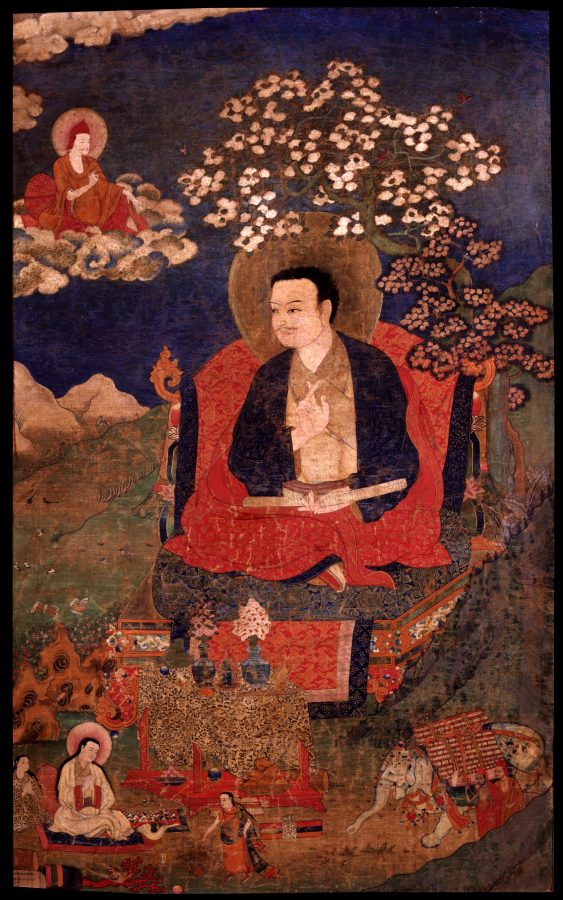 Rongzom Chokyi Zangpo (1012-1088)
Rongzom Chokyi Zangpo (1012-1088)Eastern Tibet, 18th century
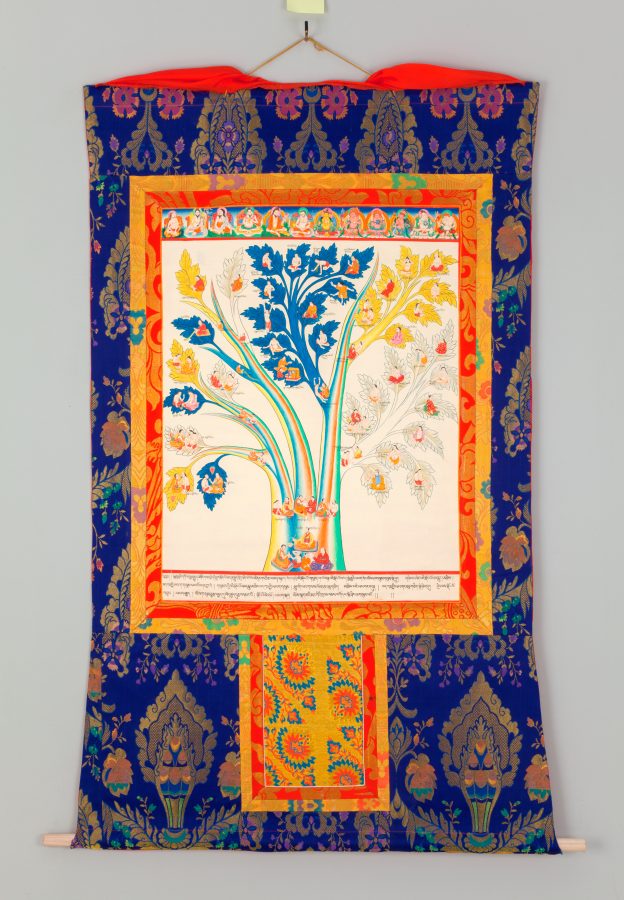 The Root of Diagnosis (chapter 4)
The Root of Diagnosis (chapter 4)Chentsa, Amdo region, Northeastern Tibet (Jianzha, Qinghai Province, China), 1995-1996
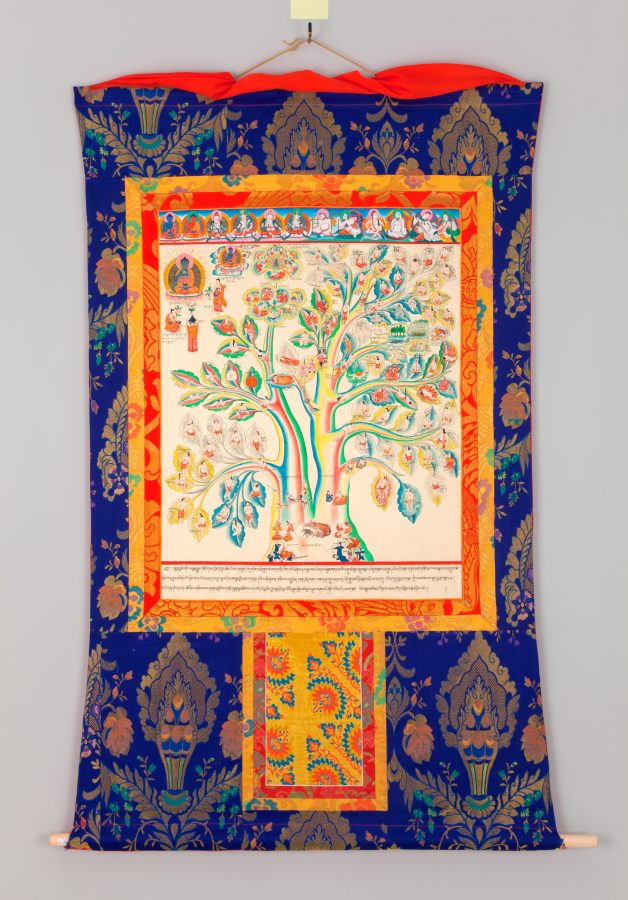 The Root of Physiology and Pathology (chapters 2 & 3)
The Root of Physiology and Pathology (chapters 2 & 3)Chentsa, Amdo region, Northeastern Tibet (Jianzha, Qinghai Province, China), 1995-1996
 The Root of Treatment (chapters 5 & 6)
The Root of Treatment (chapters 5 & 6)Chentsa, Amdo region, Northeastern Tibet (Jianzha, Qinghai Province, China), 1995-1996
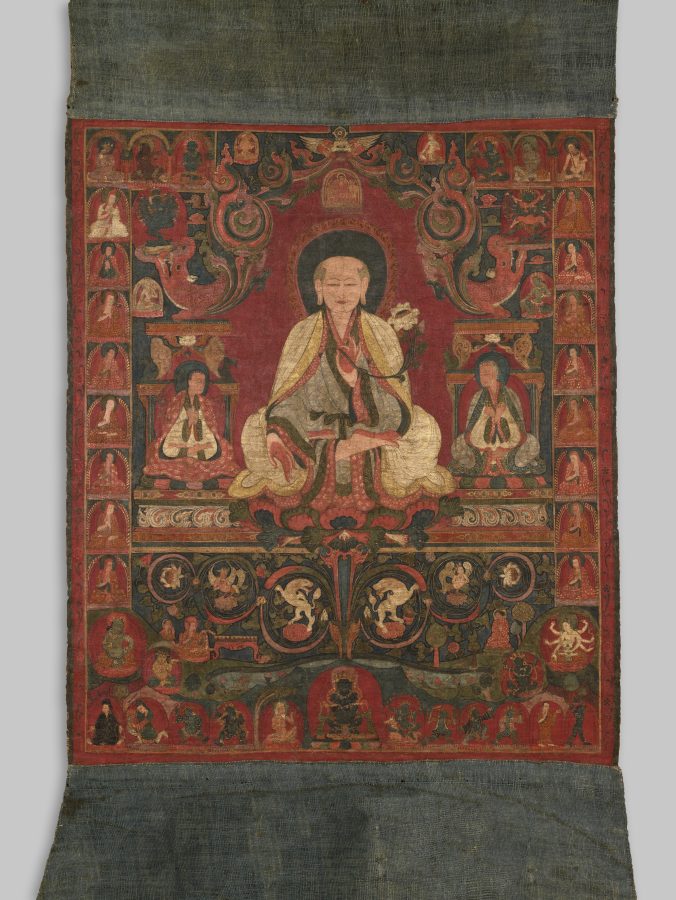 Sachen Kunga Nyingpo (1092-1158) with His Two Sons, Sonam Tsemo (1142-1182) and Drakpa Gyaltsen (1147-1216)
Sachen Kunga Nyingpo (1092-1158) with His Two Sons, Sonam Tsemo (1142-1182) and Drakpa Gyaltsen (1147-1216)Ngari Province, Western Tibet, ca. 1500
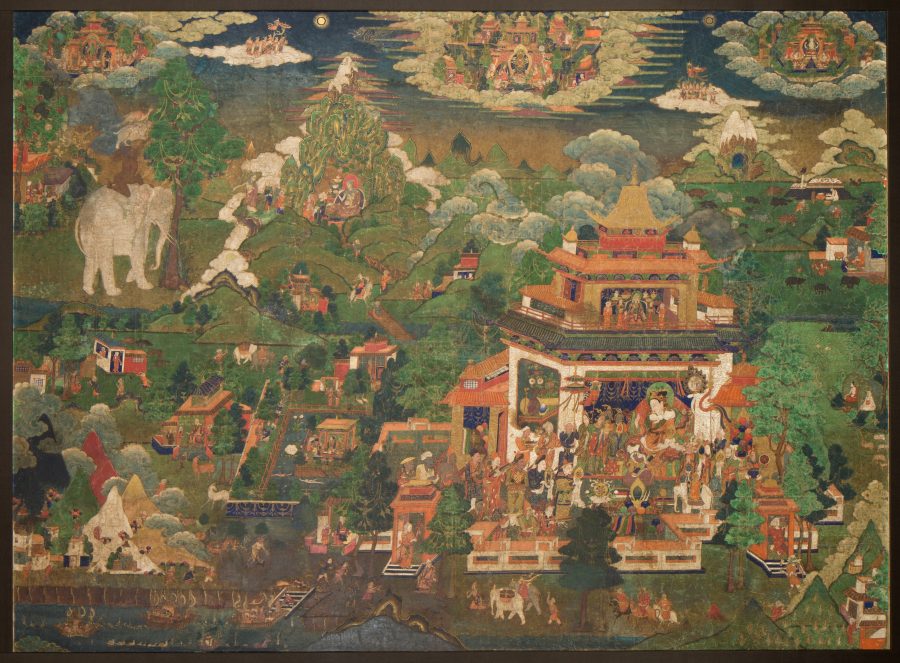 Sacred Earthly Realms and Heavenly Paradises
Sacred Earthly Realms and Heavenly ParadisesCentral Tibet, 17th century
 Sakya Pandita (1182-1251) and Chogyel Phakpa (1235-1280) with Mahakala Lineage Masters
Sakya Pandita (1182-1251) and Chogyel Phakpa (1235-1280) with Mahakala Lineage MastersCentral Tibet, 17th - 18th century















